Earlier this month, festivalgoers from across the globe descended onto the private lawns of Moseley Park for the latest sun-kissed edition of Mostly Jazz, Funk and Soul Festival. Headlined by Ezra Collective and Maribou State, ably supported by West Midlands talent such as drum and bass grandee Goldie, the festival has a throughline to the suburb’s storied musical past. The area was, after all, central to the rise of UB40, The Beat, Ocean Colour Scene and The Editors, from the 1970s through to the early noughties. Now the event claims to bring £1m to the city’s beleaguered entertainment and hospitality landscape. It’s quintessential Moseley, welcoming to both families with picnic lunches and wilder revellers. Well-heeled bacchanalia and community in balance.
Yet there’s a sense that Mostly is, now at least, an outlier in upmarket B13. The creativity and bohemian guiding of the festival is no longer widely on offer in an area once made famous for its artists and hedonism. Instead, Moseley has been caught up in wider entertainment industry and housing struggles that have hit both its economy and identity. It’s led to background grumbles, if not all-out revolt, about what Moseley is and should be. Even the more bijou daytime businesses that came after the wild heyday are being hit by economic changes and the vexed issue of the ailing British high street.
Though hardly a suburb in a critical state — Moseley still has high levels of employment and professionals, with the high street a cosmopolitan run of Peruvian, Spanish and Middle Eastern cafés and eateries — the area also hasn’t been totally immune, some say, to the impact of austerity, council dysfunction, Covid-19 and Brexit.
In public imagination, Moseley is still a Birmingham byword for the middle class. It retains the large houses and green spaces of the Victorian era, once home to Joseph Chamberlain, Richard Cadbury and J.R.R.Tolkein. These spacious properties were central to what many consider Moseley’s cultural peak: the period stretching from the second half of the twentieth century to the turn of the millennium, when many were converted into flats and offered bedsit-style accommodation to artists and progressives.
This was the era when the local art school inspired Fleetwood Mac’s Christine McVie, ELO’s Roy Wood and pop artist Peter Phillips, while Moseley’s pub-cum-gig-venues would boost the creative scene in the 1970s onwards, with Jimmy Brown, Ranking Roger and author Kit de Waal all benefiting. Oasis even played, long closed, local pub Jug of Ale in the 1990s. It was a time of offbeat enterprises and Birmingham-famous weirdos, like Pete the Feet (with his distaste for shoes).
Not anymore; I get chatting to Neil, now in his mid-thirties, who spent as much as much time in Moseley as he could growing up. His parents used to live in neighbouring Balsall Heath, but he still went back for parties and gigs during the Noughties. He says it was a time of close-knit permissibility: “It truly felt like you knew everybody, a genuine community.”
Those days are long gone, says Neil. In a difficult hospitality landscape, he believes some pubs have lost their soul (appealing to “laddier” nights out) and that rising housing prices (many Moseley houses crest £1m) have forced many younger people out. Stirchley and Kings Heath, with the buzzing York Road stretch, is where the party now is, he adds. Census data, for its part, shows that the Moseley area is indeed heavy on those over 65.
Enjoying this edition? You can get two totally free issues of The Dispatch — including our Monday news briefings and the weekend read you're perusing right now — every week by signing up to our regular mailing list. Just click the button below. No cost. Just old school local journalism.
Neil’s dad worries that the suburb is in a terminal artistic downward spiral. “The venues, promoters, musicians all benefitted from people knowing others who would regularly attend such events… lose six out of 10 venues and people wonder where the buzz has gone,” he says.
Since the early 2010s, a respectable run of cafés, independent businesses, markets and less artistic night-time entertainment is what Moseley defines itself by. The Sunday Times dubbed it the ‘Best City Place to Live’ in 2015, when the area still benefited from its previously edgy reputation, but was enjoying the fruits of more upmarket eateries, housing and drinking dens. A decade on, many worry that even this version is also under threat. Dr Kate Lucre, a middle-aged psychotherapist and mum who moved to Moseley for work in 2007, says it's “hardly bustling at night. Perhaps that’s rents and Covid?” she muses.
Alix, a millennial civil servant, pitched up in Moseley in 2019. She loves the access to green space, the charity shops and the community, but is concerned that Moseley is under threat from the next stage of gentrification: chain brands and a floundering night-time economy. “The last time I went to the Cuban Embassy, on a Friday night, there was no live music,” she says.
Remi Faveau, co-founder of high street café Maison Mayci and TV baker, has run his business here since 2010. He’s deep in conversation with a regular as I wait to speak to him. “Moseley is a good place,” he says; the cafe’s turnover is solid and occasionally boosted by one-off events, like the jazz festival. But the overall trajectory of change doesn’t seem positive: fewer independents, less freewheeling nightlife, more chains, more empty units, and the rise of the multiple dessert shops on the high street, which some residents see as a harbinger of doom. “I’d rather dessert shops than empties,” Faveau admits, even if they’re not to his personal taste.
There are question marks, too, regarding how Moseley should be managed and move forward. An interlinking web of community groups, such as the conservation-focused Moseley Society and the Moseley Community Development Trust (MCDT) have deep roots here. The MCDT encompasses a community co-working space and a new community building, Moseley Hive. The Moseley Forum was behind regeneration in the 2000s, bringing a farmer’s market that is now award-winning. But some residents wonder if an over-zealous approach to Moseley appearing a certain way, led by the Moseley Society, has resulted in changes that aren’t desirable, at least to some, like dessert shops coming in place of other businesses. Local Liberal Democrat councillor Izzy Knowles isn’t so sure: the groups do good work, she says, keeping the area smart and building community. As for the dessert shops. “We’re a diverse area, it’s where the Asian middle class spend.”
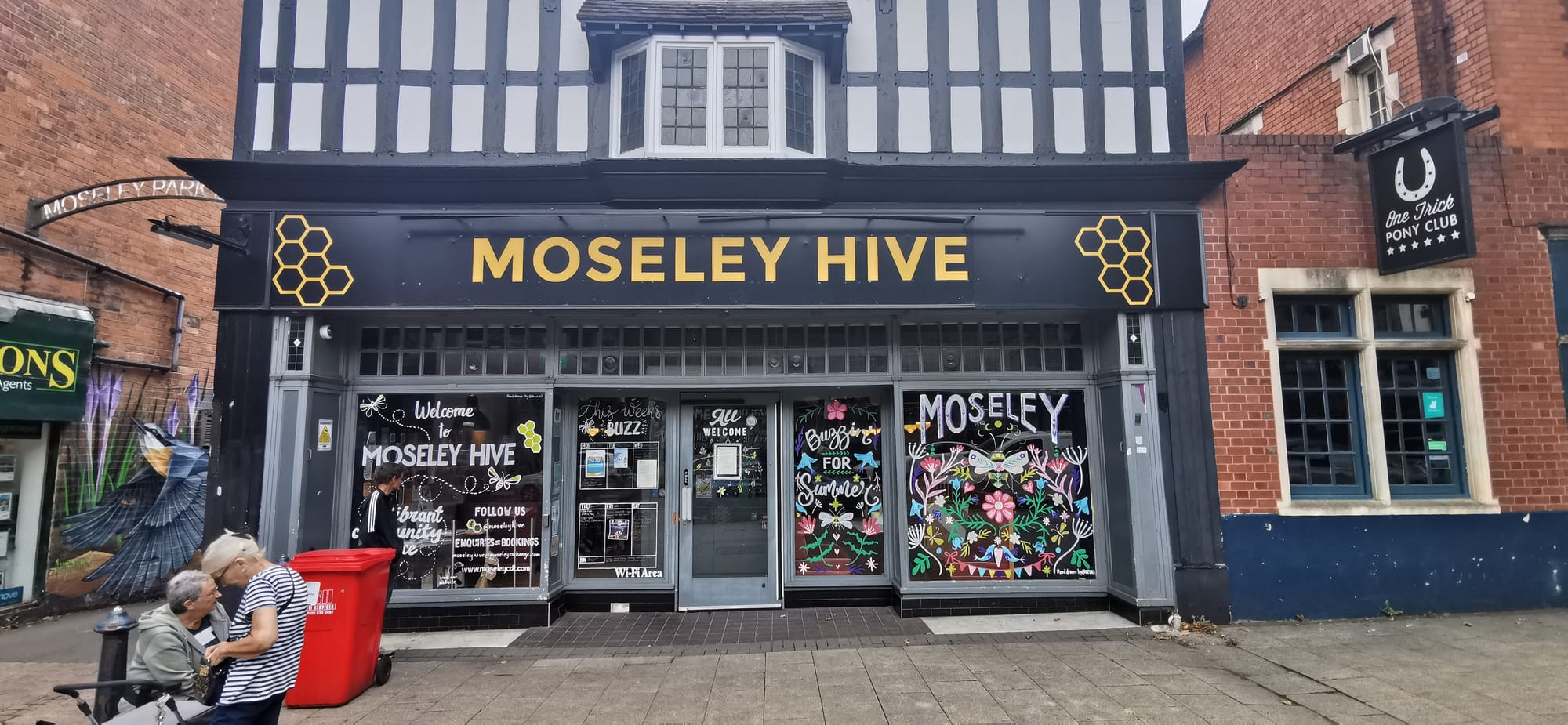
Some feel cut out of such conversations. Clive, one local, wonders if those who benefited most from the “legendary” years have left the rest to figure out the way Moseley should be. “The artists and progressives who have retreated to their old Victorian piles, meaning we have this overall energy that is caught between this desire to be a destination for evening trade and a quaint, village community.” Maria, an Italian resident, adds this can give the community a, partially at least, closed feeling: “It all feels a bit exclusive.”
For her part, Cllr Knowles mentions the rise of exempt housing and substance abuse issues in the ward. In Moseley, where hospitality and entertainment businesses over-index, Covid-19 and Brexit inflation had a seismic impact on commercial enterprises; despite appearances, the area ranks in the top 20% in the UK for deprivation.
So where next? Remi Faveau and Cllr Knowles think commercial collaboration is an answer, a model pursued by neighbouring Kings Heath’s flourishing York Road: a pedestrianised, buzzing run of wine bars, pubs and independent businesses that can feel almost continental on a sunny day. “It would be great, but it's hard to get businesses to agree,” says Faveau. Cllr Knowles too, says there are struggles here despite a business WhatsApp group, decrying the fact that Moseley might be too small for a BID, plus is impacted by a lack of council funding and governmental slowness.
“We have lots of schemes [such as the idea for a cycle lane in Moseley that is slow to progress] that start and get scrapped [such as the Russell Rd traffic calming plans] as too expensive,” confides Cllr Knowles. She seems exasperated. The incoming rail station has taken 50 years of campaigning to get, she reports. But she’s also wondering if consumer habits have changed for good: “Maybe people want less boozing on its own, more sit-down food.”
Indeed, there are many who love Moseley for what it is right now and want to preserve that rather than the “glory days”. Those who sit on £1m so-called piles are likely doing alright, and even newer millennial residents are moving to the area for its plushness. One tells me: “The reason we chose Moseley was its reputation of being a cool little village with a community spirit, full of indie shops and nice cafes and restaurants and with a lot of green space at your doorstep.” Telling. Moseley’s wider image is clearly no longer the hedonistic playground that Kit de Waal once nostalgically looked back on. Perhaps this staid, less party-centric version is more realistic — with house prices as is, it's hardly like down-and-out DIY artists are likely coming back. Even the jazz festival has smoothed out its edges — and put up walls. Some say it’s not even providing the same benefits it used to.
“The whole of Moseley used to get a lift from those festivals [...] but stricter entry rules have killed that,” says Neil. “I don’t imagine the local boozers get the same windfall these days”.
De Waal, for her part, wrote for The Guardian in 2019 that memory can be a fickle thing, “[Moseley] was never that good,” she says. “Nostalgia is bollocks.”


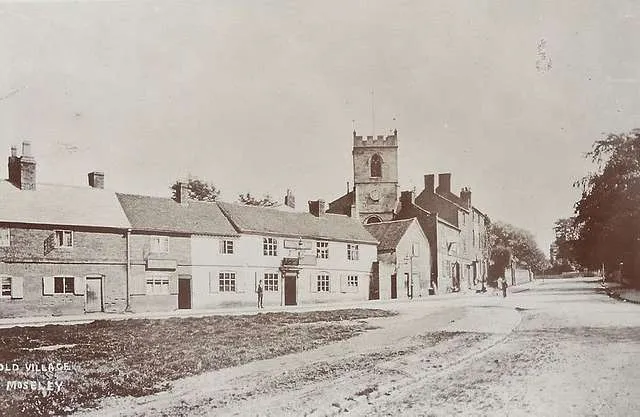

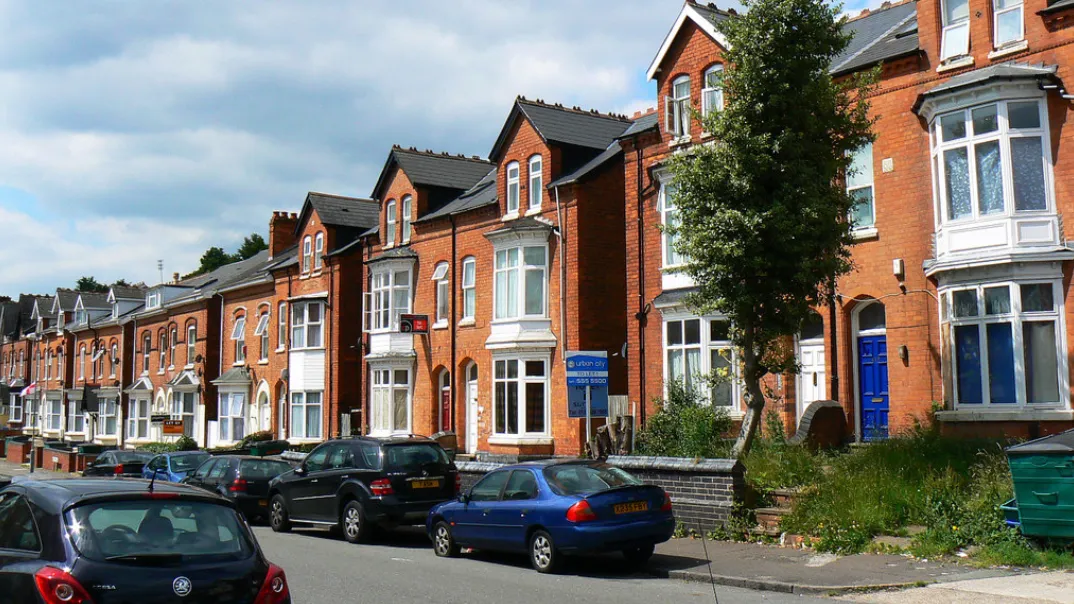
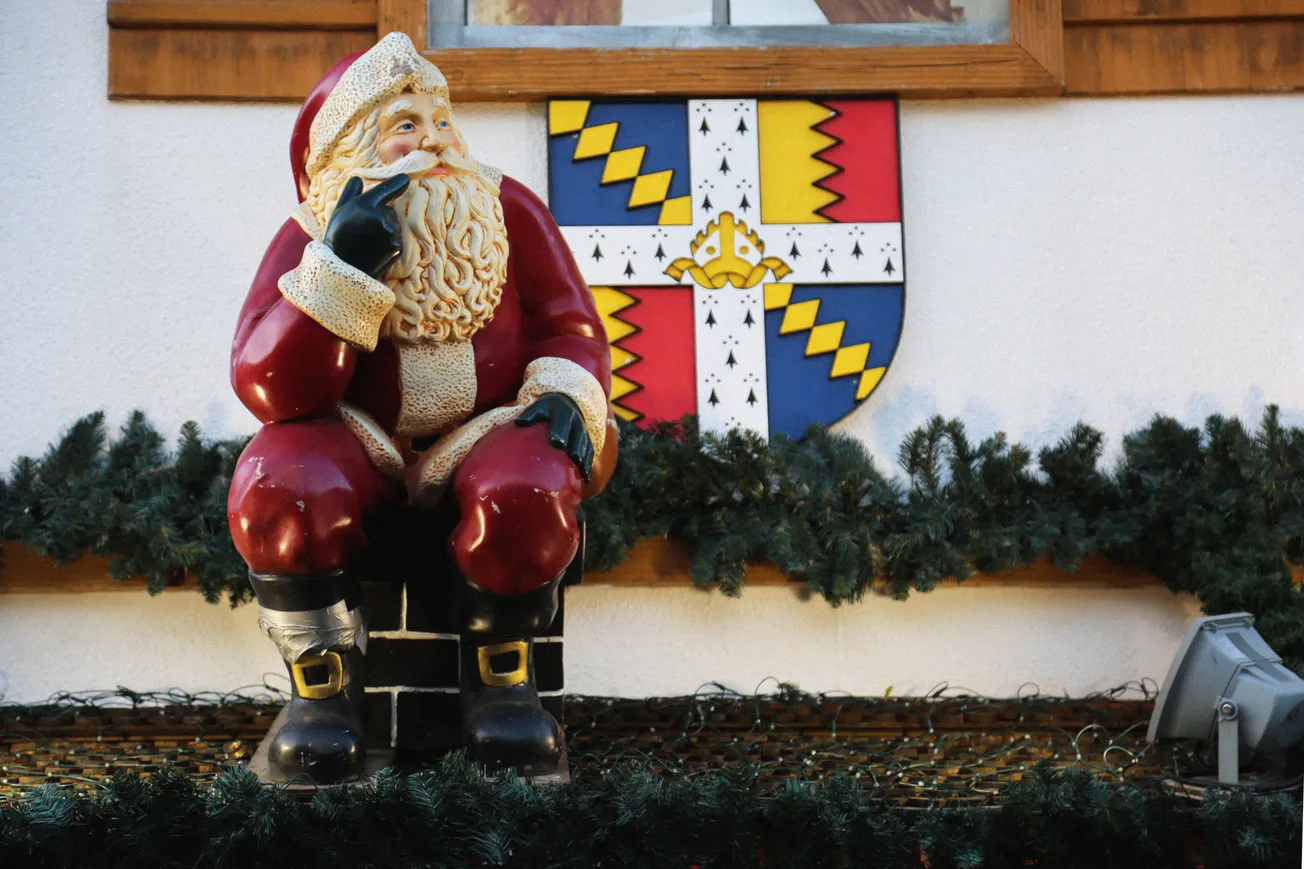
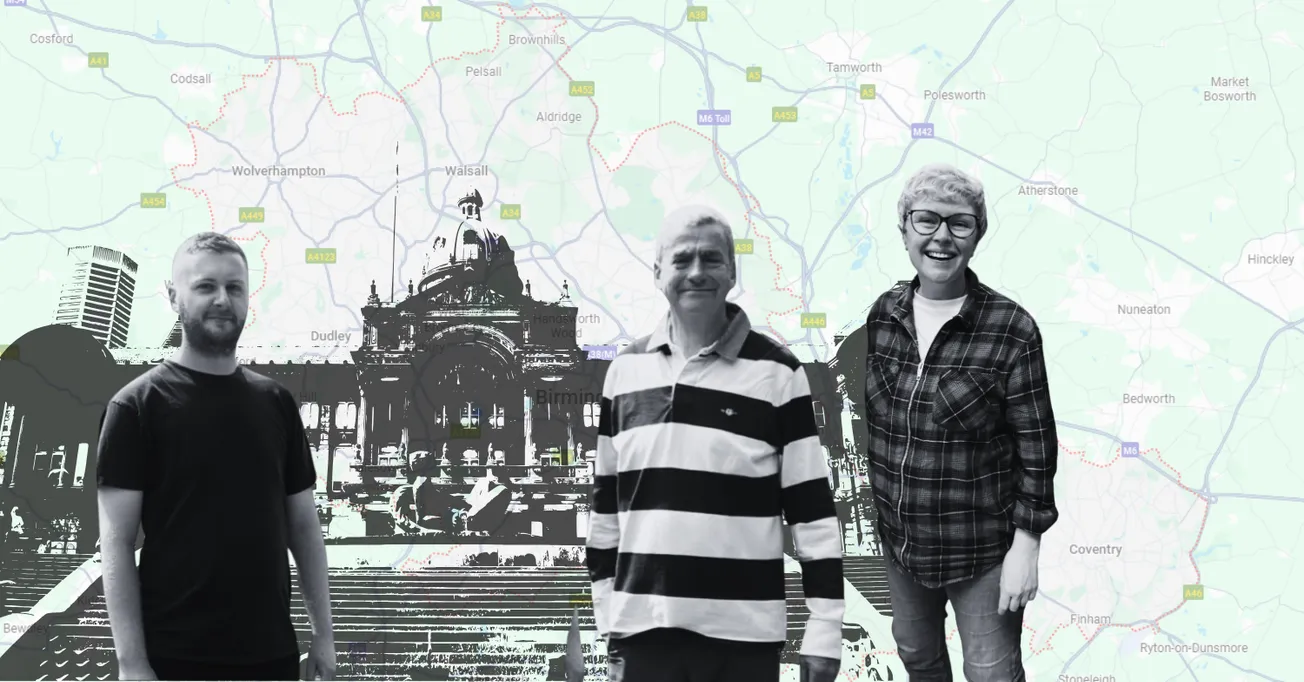

Comments